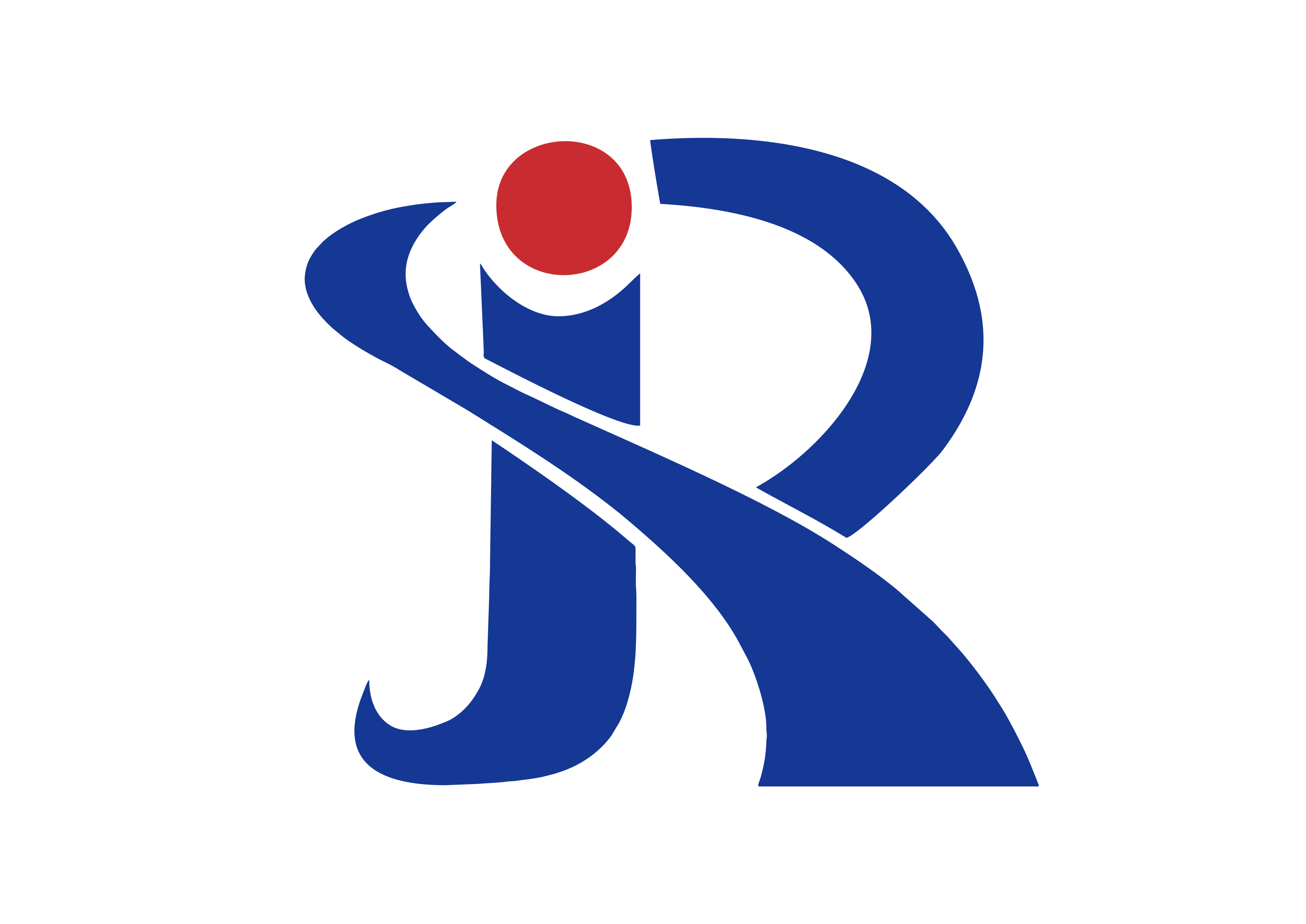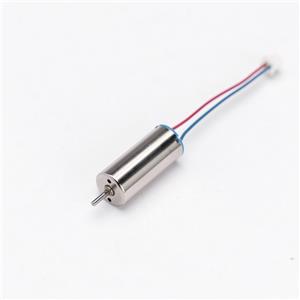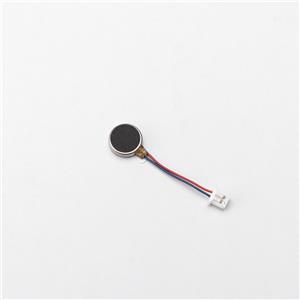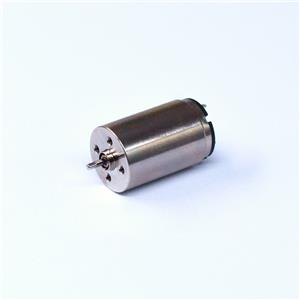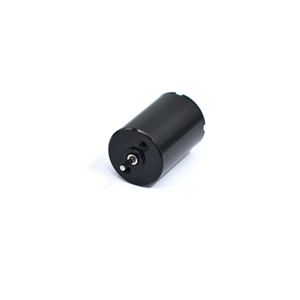What are DC Gear Motors, and How Do They Work?
The global market for geared DC motors is rapidly expanding. This growth is driven by increased demand for high-efficiency power transmission tools, the rise of automation in manufacturing, and ongoing infrastructure development worldwide. In this article, we’ll explore what is a gear motor, how it works, and why DC gear motors continue to play a vital role in modern engineering.
What are DC Gear Motors?
A DC gear motor, also known as a DC geared motor or speed reduction motor, is a combination of a DC motor and a precision gearbox. The primary purpose of this configuration is to reduce rotational speed while increasing output torque. This makes gearbox DC motors ideal for applications such as robotics, automation systems, and automotive components, where consistent torque and precise control are critical.
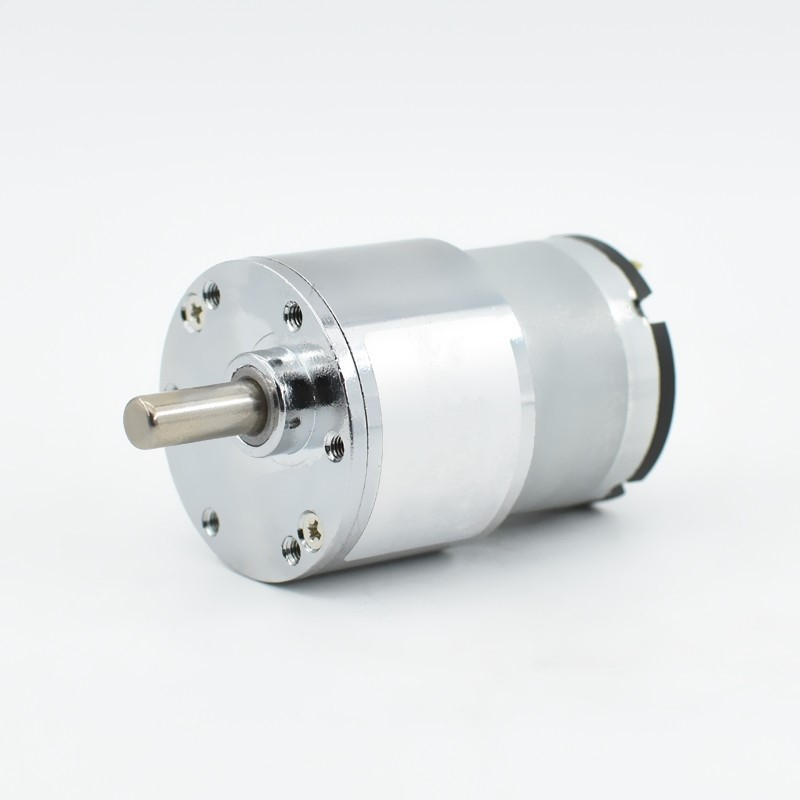
Essentially, a DC motor operates by generating motion through a magnetic field created by permanent magnets or electromagnets. In permanent magnet DC (PMDC) designs, fixed magnets form the stator while the motor’s rotor is powered by direct current to create rotation. When combined with gears for DC motor systems, the result is a powerful mechanism capable of driving heavy loads at lower speeds.
The Flourishing hollow cup motor series represents the next step in micro-motor innovation. By integrating advanced DC geared motors with high-precision gearboxes, the series delivers enhanced torque density, efficiency, and reduced mechanical noise. These motors are widely used in industrial automation, home appliances, medical devices, and robotics where compact and efficient motion control is needed.
How do DC geared motors work?
Before selecting a geared DC motor, it’s essential to understand how do gear motors work. In simple terms, when electricity passes through the windings of a DC motor, it generates magnetic force that causes the rotor to rotate. The connected gearbox then converts this high-speed, low-torque rotation into a slower, high-torque output suitable for heavy-duty operations.
Each stage of the gearbox multiplies the torque and reduces speed proportionally. For instance, the gearbox DC motor allows machines to operate at controlled speeds while maintaining power and stability. As a result, these motors are highly valued for their balance of performance, reliability, and versatility across various applications.
When choosing a motor, parameters such as speed (RPM), torque (lb-in), and efficiency (%) must be considered. By analyzing your load and mechanical requirements, you can identify the optimal geared DC motor for your system.
Conclusion
Whether it’s a miniature motor for precision tools or a large-scale industrial drive, DC gear motors continue to power innovation across industries. Understanding what is a gear motor and its operating principles can help engineers design more efficient systems. The Flourishing Motor series of PMDC and hollow cup motors demonstrates exceptional performance and durability, making them an excellent choice for your automation or manufacturing needs.
Looking to source quality DC geared motors or explore how does a DC motor work in detail? Contact Flourishing Motor’s team today to discuss specifications, customization, and pricing.
